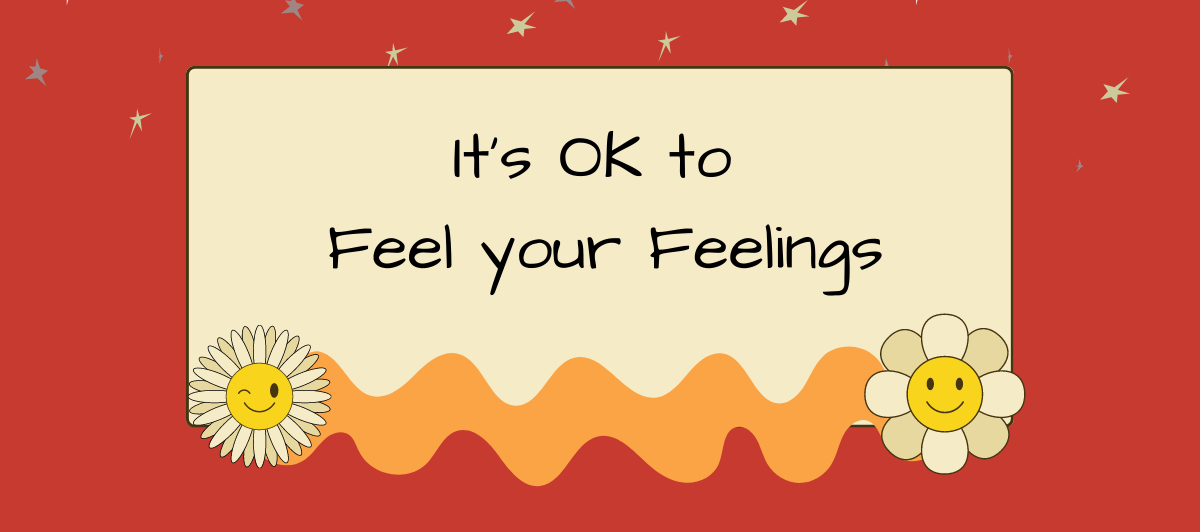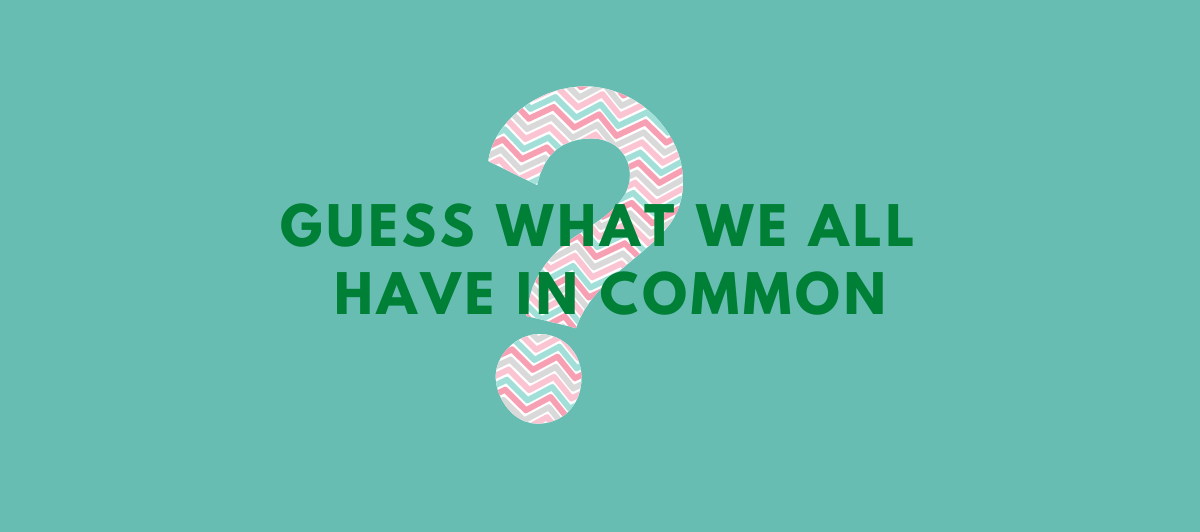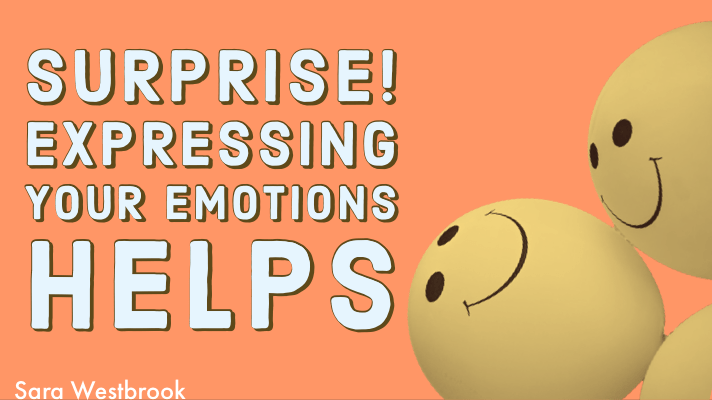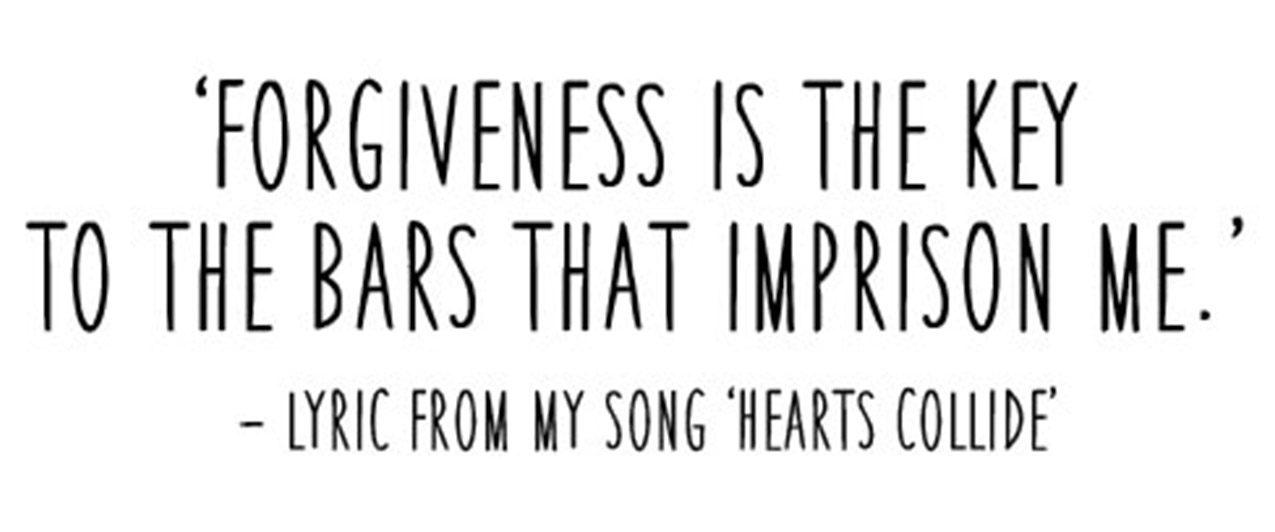

Emotions – No Thank You!
Avoiding emotions and telling yourself not to feel them, impacts your well-being. It affects your ability to communicate with others, your relationships, your performance, and your choices.
Suppressing emotions, pretending not to feel them and saying ‘I’m fine’ can lead to stress, burnout and more importantly emotional fatigue – yes that’s a real thing!
You can’t communicate effectively when you are emotionally charged. Training yourself to be aware of your feelings is essential to being able to communicate calmly and respectfully.
Did your heart skip a beat at the thought of talking about your emotions?
Learning to articulate how you truly feel creates emotional awareness. Most people’s emotional vocabulary consists of angry, sad, happy or anxious. There are many more emotions between those:
angry –> frustrated –> annoyed –> irritated
sad –> disappointed –> regretful –> depressed
happy –> excited –> confident –> content
anxious –> nervous –> worried –> confused
Expressing emotions can be tough. It can feel overwhelming and vulnerable. This is especially true if you learned as a child that sharing your emotions made you seem weak or feel shameful.
Expressing your emotions helps you:
- Calm down quicker
- Make character-based choices
- Bounce back more easily
- Improve communication skills
- Bring harmony and well-being to your mental and physical state
Instead of reacting and avoiding emotions, take a pause and check-in with how you are feeling.
Here’s what I know: Being mindful of the emotions you are experiencing is essential to making choices in the moment that you can be proud of for the moments to come.
Until next time…






